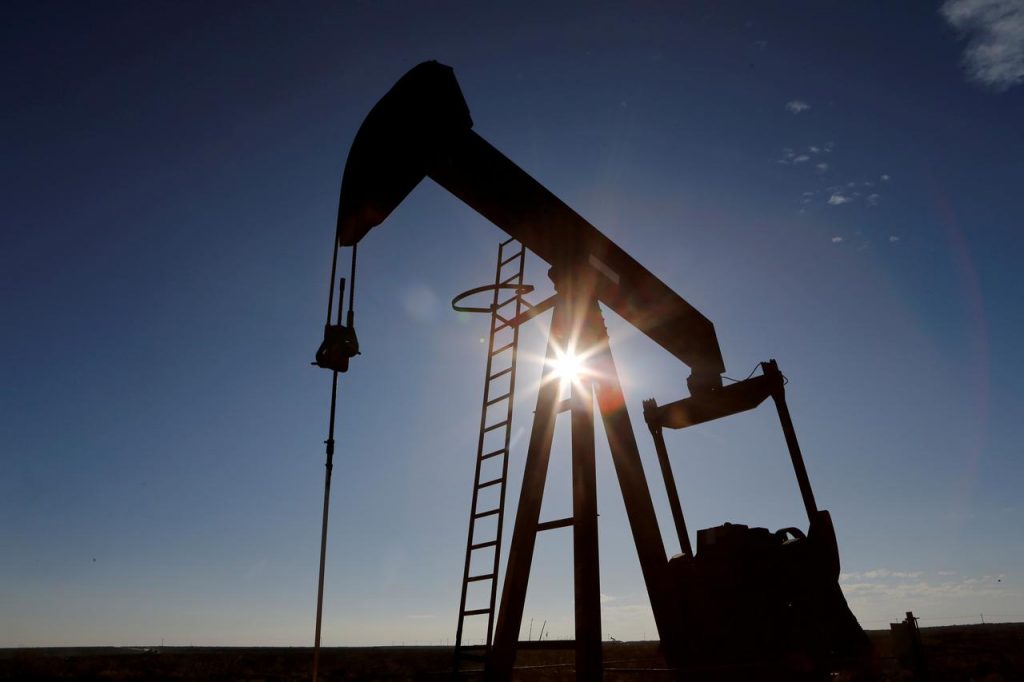Traffic picked up in cities across the globe as the summer season ended and schools opened, giving a boost to fuel demand, but the prospect of recovery remained weak as many commuters still worked from home and vehicle sales were down.
The reliance on isolated forms of travel including private cars seemed to be the main factor boosting demand, analysts and traders said, as most people avoided public transport for fear of the coronavirus.
Road traffic in New York, London and Paris was on a slow but steady recovery, data provided to Reuters by location technology company TomTom showed.
In Moscow and Beijing, traffic was as high as pre-lockdowns levels. (Graphic: Road traffic in capital cities Road traffic in capital cities, )
Fuel demand usually falls in September as the summer driving season ends, but this year, analysts expect fuel demand in September to be almost on par with August.
“Over the first 10 days of September road fuels demand has added 700,000 barrels per day (bpd) after remaining flat over the summer months. The acceleration is mostly visible in Europe,” said Artyom Tchen, senior oil market analyst at Rystad Energy.
Traffic in some small European cities such as Geneva has even exceeded 2019 levels, TomTom data showed.
Data provided to Reuters by the app Transit showed public transport in many cities making a much slower recovery in September compared to road traffic.
People in the United Kingdom avoided public transport far more than French, data from Transit showed, while use of public transport in the United States remained low. (Graphic: How COVID-19 is disrupting public transport How COVID-19 is disrupting public transport, )



